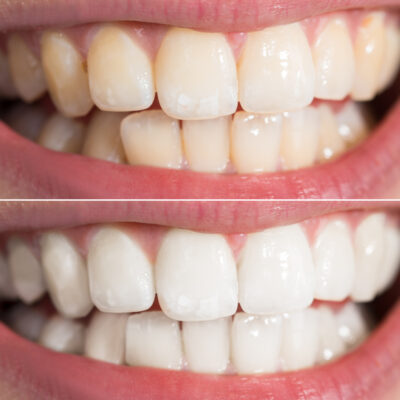
5 Hormonal Methods of Birth Control
There are many methods of contraception that can be followed to prevent pregnancy. But, methods like surgery come with their own risk and is something not too many people want to opt for, while methods like condoms do not necessarily 100% effective. Hormonal birth control methods are one of the main types of contraception or birth control methods. Women can use these methods to ensure safe, effective birth control.
1. Birth control pills
Birth control pills, or oral contraceptives, are one of the main types of contraception or birth control methods. These medications are taken orally by women to prevent conception and the two types of pills that can be used include:
- Progestin pills
Progestin works by making the endometrium thin. When a woman conceives, the fertilized egg implants itself in the endometrium. When this is thin, the egg cannot be implanted. Apart from this, progestin can prevent ovulation. They come in packs of 28 pills. One pill is to be taken every day at the same time.
- Combination pills
These pills have both progestin and estrogen. The primary way these pills work is by preventing ovulation. This ensures the ovaries do not release an egg, ensuring that there is no possibility of pregnancy. The pill also makes the cervical mucus thick ensuring that sperms don’t get through. These pills come in 21, 24, or 28-day packs that can be taken at the same time every day.
Oral contraceptives are effective as they ensure that fertilization doesn’t take place, or the fertilized egg doesn’t survive. This makes it a near-perfect birth control method. Some of the pills are also useful to treat heavy periods, cramping, and cancer of the ovaries.
On the downside, this contraceptive method is only for women and it does not protect against sexually transmitted diseases. Additionally, there are side effects like nausea and bleeding, which are faced by some women. There are even possibilities of the pill failing if not taken properly and due to interaction with other drugs.
2. Vaginal ring
This is a ring inserted into the vagina that releases a combination of hormones. It can be left inside for three weeks and it provides contraception for a month. There may be a lighter flow during menstruation and easing of cramps when using this birth control method. As it does not protect against STDs, one needs to continue using a condom during intercourse.
3. Birth control patch
The patch has the same hormones as the ring. Inserting the ring into the vagina can be uncomfortable, however, the patch is more convenient as it can be worn anywhere. It can be applied on the skin for 3 weeks and then removed on the 4th week.
4. Hormonal injection
Hormonal injections contain progestin and medroxyprogesterone acetate. This injection needs to be given once every 11 to 13 weeks or 12 to 14 weeks. It is also approved by the FDA to treat endometriosis.
5. Birth control implants
Implants are inserted into the skin and it releases the etonogestrel hormone. This prevents the release of eggs and makes the mucus thick to prevent the sperm from getting through to reach the egg.


